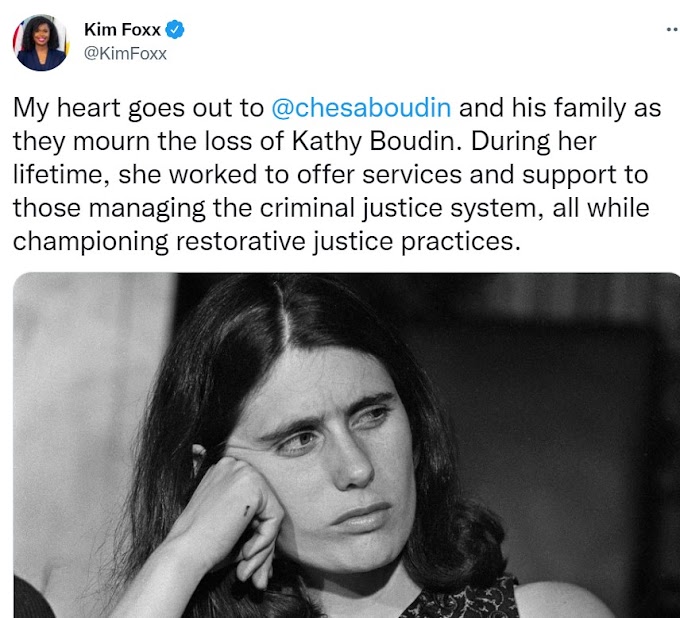Microfounded macromodels, aka DSGE models, hold a dominant position in academic macro, and their influence in central banks is increasing. (The Bank of England’s core model is DSGE, but the approach has not yet quite achieved a similar dominance in the Fed or elsewhere.) At the risk of gross oversimplification, you can class the critics of this situation into two groups: the reformers and revolutionaries. The reformers (like myself) see DSGE analysis as always forming a central part of macro, but want greater diversity, with in particular more analysis using time series econometrics. The revolutionaries want to confine DSGE analysis to a much more minor role, if not the bin.
In a sense debate between these critics is a bit pointless. We are standing on the same train platform, agreed on the direction of travel, but at the moment the train shows no sign of moving. There is a danger that we spend too much time arguing about when the train should stop, and not thinking enough about how to get it going in the first place. Nevertheless I think it is worth having the debate, if only because of tactics. Those DSGE modellers who are sympathetic to reform can easily become defenders of the status quo in the face of more extreme attacks.
So let me give one argument for reform rather than revolution that I have only made implicitly before. When I studied macro and then began working as a macroeconomist, mainstream macro was divided into schools of thought. In an environment where both inflation and unemployment were high, you had monetarists saying that you just needed to control the money supply, some Keynesians arguing that we should focus on unemployment because it had nothing to do with inflation, and New Classicals saying unemployment was not even a problem. Each school had its models, and each claimed empirical backing. Econometric analysis was not strong enough to discriminate between schools. Different schools tended to talk across each other, and anyone trying to look for common ground or ultimate sources of disagreement had a hard time, and ended up writing lists. For a policymaker or student it must have seemed like a nightmare, and no wonder many chose which school to follow based on its ideological associations.
In my view microfoundations brought some order to this chaos (see thisfrom here). Now for heterodox economists who think the microfoundation approach is fundamentally flawed, this is a problem: we are looking at alternatives through the wrong lens. But for those who think that, for at least some problems, basic micro reasoning is a good place to start, microfoundations provided a common language with which to discuss and appreciate different points of view. Note that this is not an argument for complete synthesis, but just a shared language.
As Diane Coyle notedabout the conference we both recently attended, the UK’s social science funding agency (the ESRC) is considering what kind of research in macro is needed post crisis, and therefore what funding initiatives might be appropriate. Here I want to present a cautionary tale. Macro is dominated by US economists of course, but one area where the UK was strong was in the building and empirical evaluation of econometric macromodels. This reflected strength in time series economics (David Hendry, Hashem Pesaran, Andrew Harvey to name just three), but was embodied in the ESRC Macroeconomic Modelling Bureau, directed by Ken Wallis from 1983 to 1999. However with the intellectual tide moving ever more strongly in favour of calibrated DSGE models, macro papers by those involved with this area were not hitting the top journals. Partly as a result, the ESRC (which really means the academic and other macroeconomists advising the ESRC) decided to discontinue funding for the centre.[1]
I thought that was a huge mistake at the time, and that conviction has been reinforced by recent events.[2]What the Bureau did was bring modellers from policy institutions and academics together around the concrete endeavour of comparing the models used by those institutions. At the very least, modellers became aware of alternative perspectives, and models used by policymakers were subject to critique. This has now been lost. The moral I draw from this mistake is that it is dangerous to sacrifice strengths to fashion. The UK retains strengths in time series macro: one of the strongest papers at the conference was presented by John Muelbauer, whose work on financial liberalisation and consumption I have discussedbefore. However the UK also has a number of economists producing strong work in the DSGE tradition, and this should also be encouraged. What the UK really lacks (and the key message from the report Diane cites) is academic macroeconomists, and the reason for that is for another post.
[1] The Centre was co-funded by the Treasury and the Bank of England, and the absence of strong support from these institutions may also have been important in this decision. Both institutions were of course subject to the same intellectual tide, and may have had mixed feelings about being open to external critique.
[2]Unfortunately this was not the first time lack of support from the ESRC killed off a very innovative and productive macro research team. Many of the issues involved in optimal policy analysis in rational expectations models were first investigated by David Currie and Paul Levine in the 1980s, but funding support for this team was not renewed by the academics advising the ESRC.
[2]Unfortunately this was not the first time lack of support from the ESRC killed off a very innovative and productive macro research team. Many of the issues involved in optimal policy analysis in rational expectations models were first investigated by David Currie and Paul Levine in the 1980s, but funding support for this team was not renewed by the academics advising the ESRC.








0 Comments